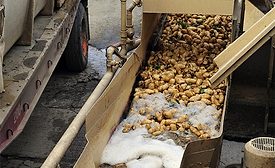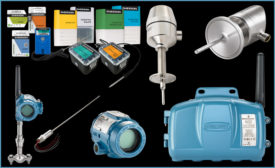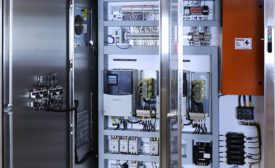Processing
Cover Story
How the pandemic is transforming new-build and renovation projects in 2020.
Read More
Food Safety
How processors are adapting to FSMA in its early years
What food and beverage manufacturers need to know to stay in compliance
August 31, 2020
Pet Food
Pet food e-commerce boom has major influence on manufacturers' operations
Online shoppers' preferences lead to faster product development and more direct-to-consumer shipping of dog and cat food
August 14, 2020
Editor's Note
COVID-19 makes it hard to define normal for food and beverage
Upheaval from the COVID-19 pandemic forces new ways of thinking
July 28, 2020
Wastewater Treatment
Why you may want to think seriously about wastewater treatment
With services and capabilities from POTWs decreasing, food and beverage processors will have to pick up the slack, but at what cost?
July 24, 2020
Temperature Monitoring and Control
Making the argument for wireless temperature solutions
Not every temperature measurement application needs to be wireless, but for some locations, IIoT wireless connections may be the only practical choice
July 22, 2020
Temperature Monitoring and Control
Linking process control with building control and HVAC systems for better control
Integrating process control can help improve quality while saving energy as well
July 21, 2020
Temperature Monitoring and Control
Make the move from analog to digital temperature measurements
Plan temperature measurement strategies with business needs and future upgrades in mind
July 20, 2020
COVID-19
Humidity Control: Conquering frost during pandemic production levels
June 24, 2020
Elevate your expertise in food engineering with unparalleled insights and connections.
Get the latest industry updates tailored your way.
JOIN TODAY!Copyright ©2024. All Rights Reserved BNP Media.
Design, CMS, Hosting & Web Development :: ePublishing













